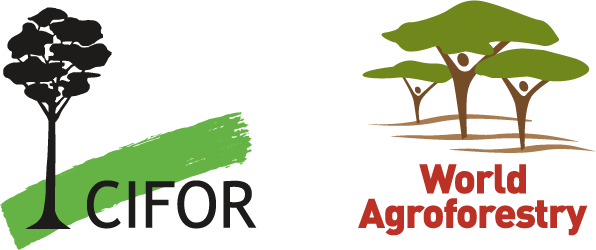The Special Issue
Researchers summarize current views on aspirations and their relevance for development research, projects, and approaches. Using several examples, mostly from Africa, they outline how the combination of the different theoretical perspectives, case studies and regional backgrounds provides deeper insights about the role of aspirations in shaping rural areas. The distinct entry points of the ‘bottom up’ local aspirations for future lives, the ‘top down’ aspirations as visions for change and the process of negotiating between these provide novel insights into directions for development action as well as for future research in the field of aspirations for development.
The Round table discussion
Building on the results and the breadth of the contributions within the Special Issue speakers will highlight research directions and gaps, then proceed to start a discussion on what development stakeholders can learn for their daily activities and project design.
Speakers will outline the difference that emerges within common approaches to looking at aspirations which we would argue are different concepts – i.e., aspirations and ambitions. The theoretical differentiation will be followed by a brief outline of various approaches on measuring those and lead into a group discussion on the implications of the differences for future research strategies. The second part of the roundtable will then focus on practical implications of the Special Issue for development planning and design. Speakers will outline the bottom-up view on aspirations as well as the top-down view in order to kick-start a group discussion on what we can learn from the different view and how these could be harmonized.
Useful links:
- The Special Issue Editorial: Rural Aspirations: Reflections for Development Planning, Design and Localized Effects
- The Special Issue
- Resolving tensions between global development goals and local aspirations
Further reading:
- Timeline – Aspirations of rural households and development efforts
- Future Rural Africa
- How young Kenyans feel about farming goes against conventional wisdom
- Not just farmers: understanding rural aspirations is key to Kenya’s future
- Can African smallholders farm themselves out of poverty?





























